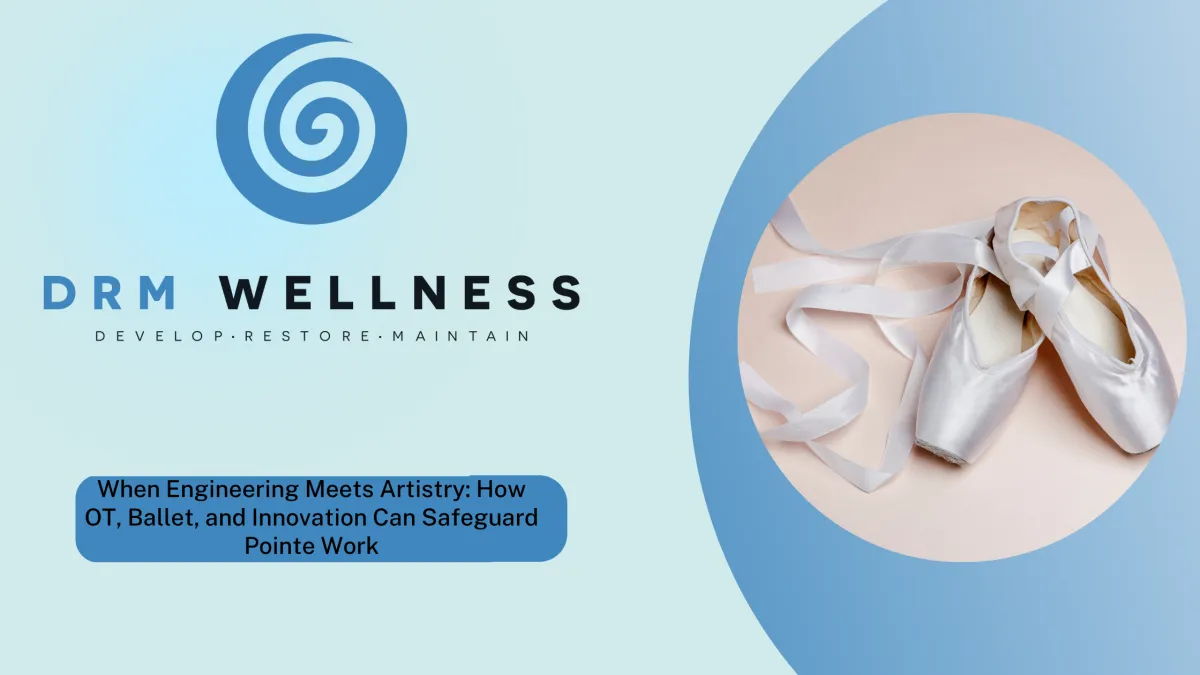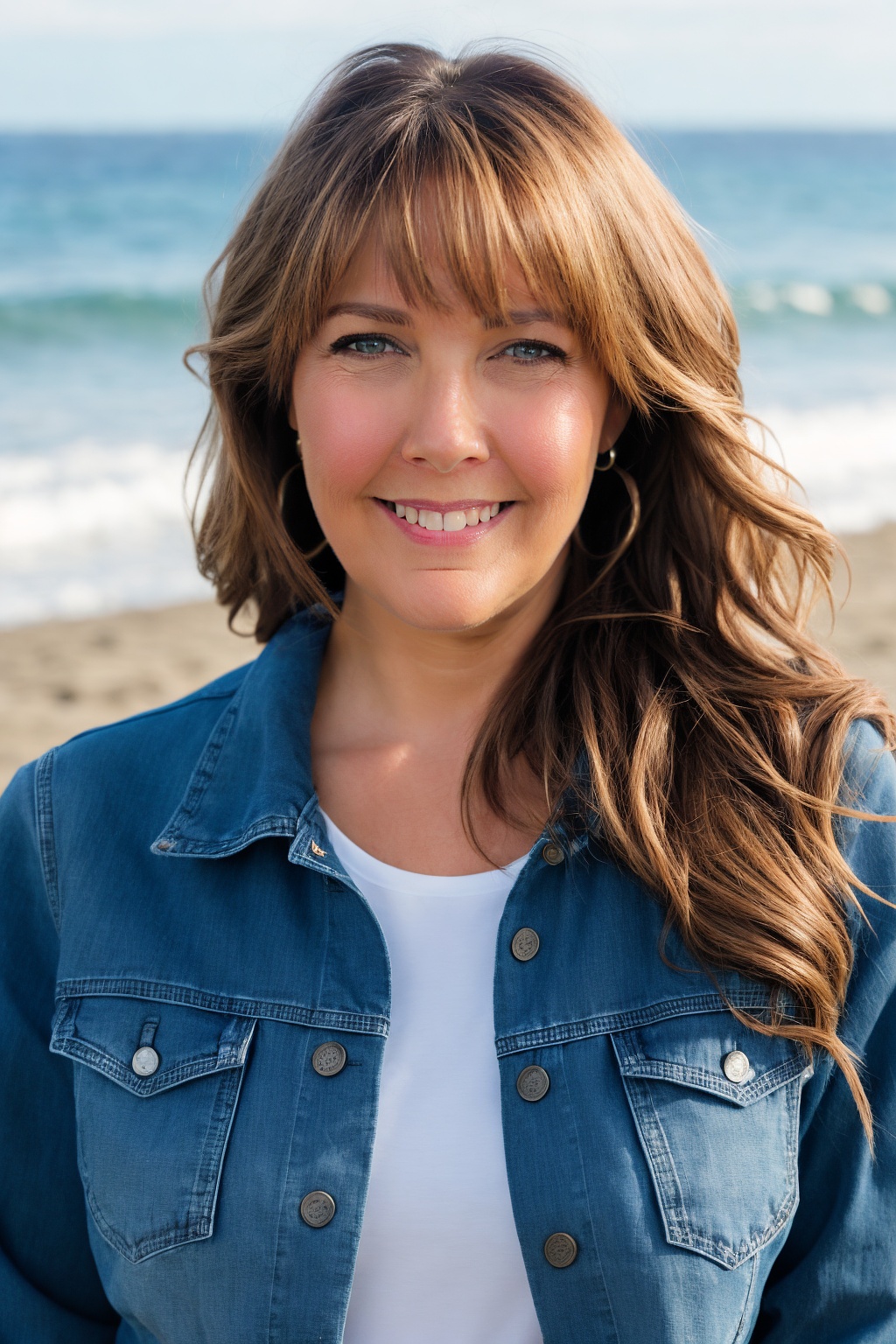
When Engineering Meets Artistry: How OT, Ballet, and Innovation Can Safeguard Pointe Work
When Engineering Meets Artistry: How OT, Ballet, and Innovation Can Safeguard Pointe Work
Original Article: https://shorturl.at/pCUTS
As an Occupational Therapist and a former ballet dancer with over 20 years of pointe experience, the recent Johns Hopkins innovation PointeSense truly resonates with me. This wearable system, combining a smart toe pad and ankle band, was developed by a multidisciplinary team aiming to reduce the high incidence of injuries among pointe dancers.
The Dancer’s Reality
Injuries are a near-certainty in this art form. Some statistics state 80% of dancers experience stress fractures, ankle sprains, or toe damage every year. I was definitely part of that 80%, having experienced my fair share of dislocations, fractures, and some serious sprains throughout my years of dancing.That jolt to the foot and the relentless pressure against the box of the pointe shoe are all too familiar. As someone danced at a very high level for over two decades and is now knocking on the door to her 50’s, I know how small misalignments, endurance fatigue, and even subtle weakness can escalate into chronic issues that show up later in life after your pointe shoes have been hung up.
Why OT Perspective Matters
From an OT standpoint, the alignment, muscle activation, proprioception, and timing involved in pointe work are all integral to occupational performance. OT interventions focus on optimizing these factors to sustain participation in meaningful occupations with dance certainly being one of them. PointeSense has the potential to be a real game‑changer here by providing real‑time proprioceptive feedback exactly when it's needed, helping dancers correct form before damage happens.
PointeSense’s Smart Design
Dancers Kaitlyn Kumar, Christine Fernandez, and their team embedded 64 ultra-thin pressure sensors into a toe pad, no larger than the front half of a no-show sock, and linked it to an ankle band that provides gentle vibratory cues. This system creates a detailed pressure map and uses AI to offer signals that guide the foot toward safer, more aligned placement.
Why It’s Game-Changing for a Dancer
Precision & Prevention: Timely, objectivefeedback can disrupt the cycle of repetitive strain from misalignment.
Empowerment: Dancers gain insight into their own mechanics, building self-reliance in maintaining form.
Performance Protection: It supports longevity in a career often cut short by early injury.
From Pointe to Practice
In OT, we often use sensory feedback tools, like biofeedback pads, to help clients retrain movement or posture. This is a sleek, performance-level version of that concept: wearable, mostly subtle, but profoundly effective.
Personal Reflection
As a dancer, I’ve been in many rehearsal rooms where idiomatically, “we dance through the pain.” For many years, my personal motto was “Suck it up, buttercup.” I believed pushing through discomfort was just part of the commitment to dance. While that mindset helped me build resilience and discipline, it also led me to ignore injuries that could have used rest or treatment, something I now realize put my long-term health and career at risk. Pain isn’t proof of dedication, it’s injury hiding in plain sight. If PointeSense had been available during my adolescence or early career, I could have identified subtle misalignments before they forced painful rest or worse. As an OT, I see how this could extend to other foot-intensive activities, like rock climbing or gymnastics, and potentially even certain professions such as construction, nursing, or restaurant work, helping to make daily life safer and more sustainable for many people.
Movement Forward
PointeSense is currently being piloted with the John Hopkins Uuniversity Ballet Company with the goal of patent development, expanded testing across skill levels, and, eventually, widespread accessibility. As both an OT and a former dancer, I’m thrilled by the potential. It’s an amazing fusion of biomechanics, technology, and artistry, all centered on enabling safe, empowered movement. Since most professional dancers’ careers last only 10 to 20 years, often ending in their early to mid-30s, if there’s a way to extend the careers of ballerinas and keep them dancing safely for longer, I am absolutely here for it.
This innovation excites me on so many levels. PointeSense embodies occupational therapy’s core: supporting meaningful, safe participation in valued activities. For dancers, and even former dancers like me, it’s a beacon of hope that science can finally help us preserve our art while sustaining our bodies. It’s a powerful reminder that technology and therapy can work hand in hand to protect the health, longevity, and joy of those pursuing their passions.


